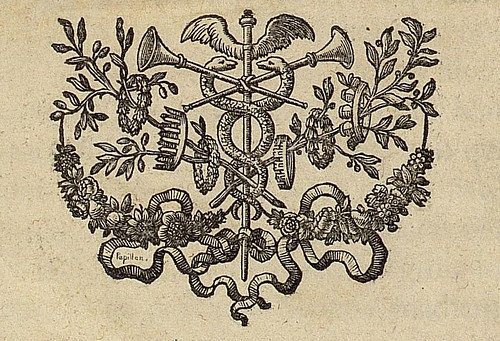[Posted on february 20, 2018.]
The first Séminaire Betty B., after the name of a granddaughter of Nicolas Bourbaki [edit: see this blog post by Lieven Le Bruyn for context ; I’ve noticed she has a twitter account too], will take place next march at École Normale Supérieure. An interesting novelty indeed! As for the next Séminaire Bourbaki of march 31, Jean-Pierre Serre, 91, will be one of the speakers.
Still on the topic of Women in Maths, there’s an open column by Indira Chatterji in the january 2018 issue of Gazette des mathématiciens, which is an important read, as least for folks working in France (keywords: #metoo, glass ceiling). That issue also has an interesting dossier on ethics in research (in particular in editorial committees).
On an entirely different topic, Jean-Yves Girard released at the end of last year a paper titled “La Logique 2.0”, which is an extremely interesting leap from his previous works. I cannot claim to understand most of it, but I now see much clearer what he was aiming at, truly inspiring! The core is the 4-fold Constat/Performance/Usine/Usage structure of proofs that he describes. A byproduct is the occurence of two new propositional constants that are self-dual and allow one to turn integers into propositions, i.e. consequences from something deeper, and so too the Peano axioms. This is made possible by a notion of truth, very far from Tarki’s, involving a topological concept : the Euler-Poincaré characteristic of the graph underlying the proof. It looks pleasingly algebraic too, and is not the final step in his quest since the paper makes it clear that some more technical aspects are still being investigated (namely the extrinsic constraints on the mould, see page 15).
As a final piece of independent news, if you are between 16 and 20 and interested in mathematics, please note the march 31 deadline to apply to the fine Summer School titled Mathematical Summer in Paris, which will take place at École Normale Supérieure next july!

The curious butterfly.
Fougères, october 2017. Public domain.








